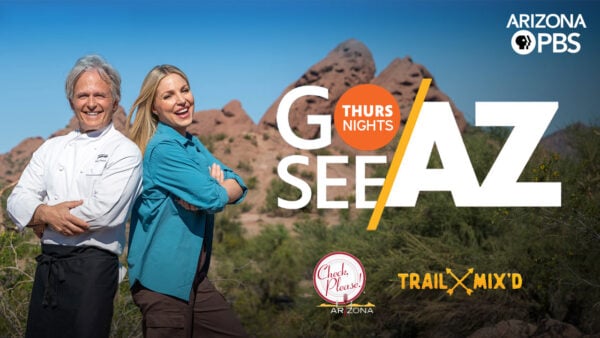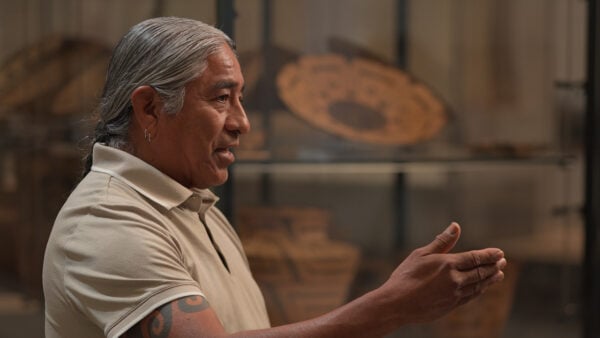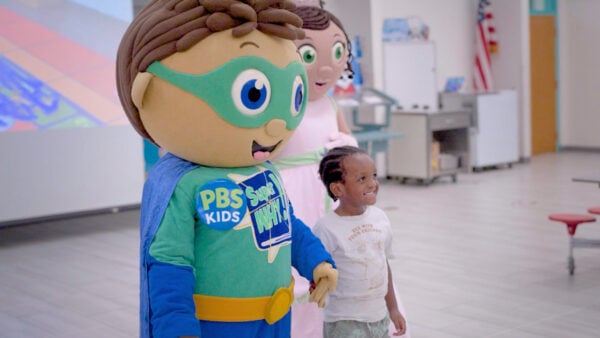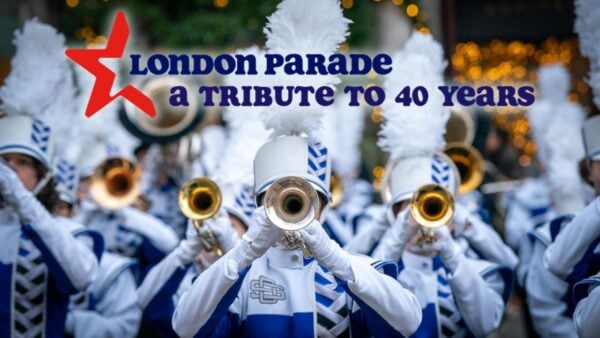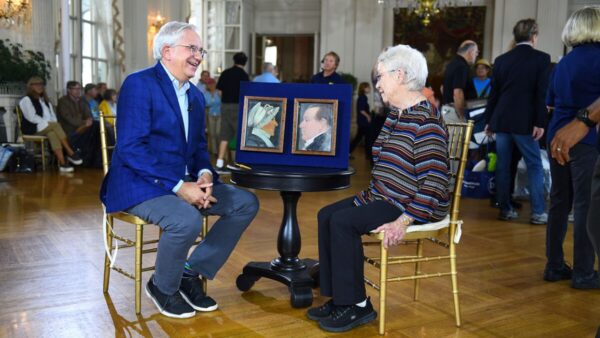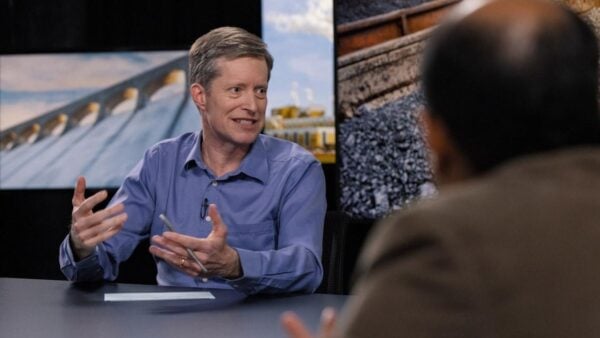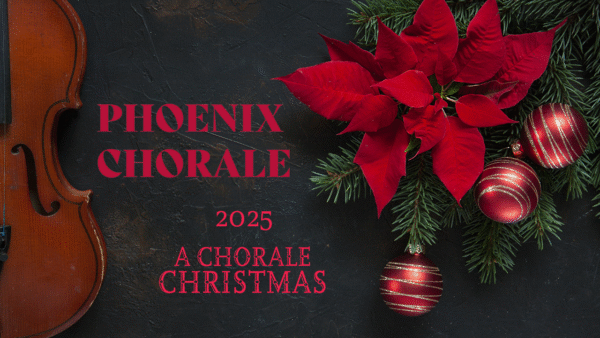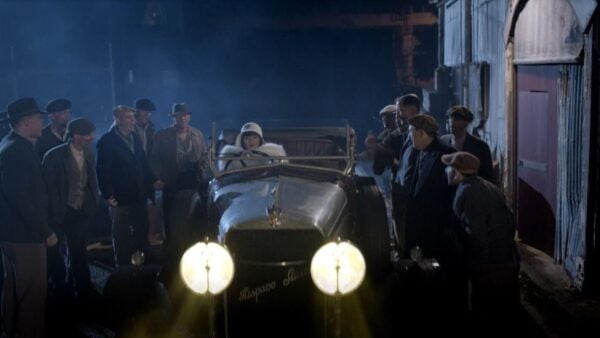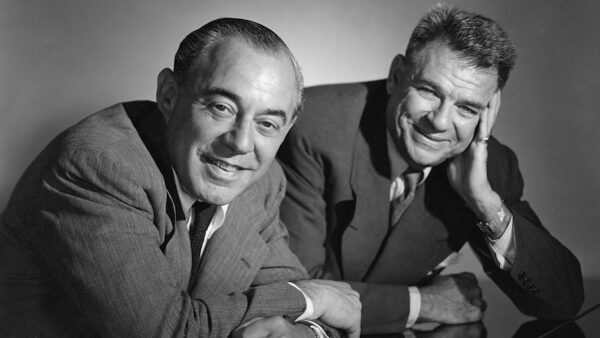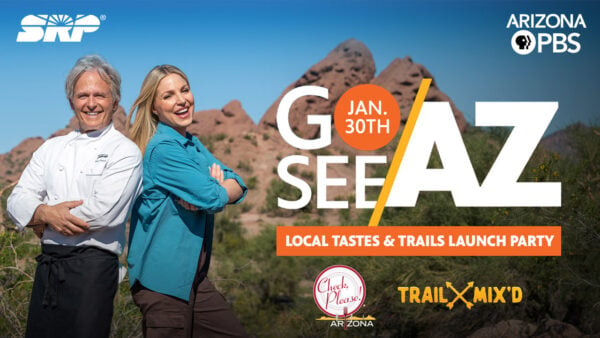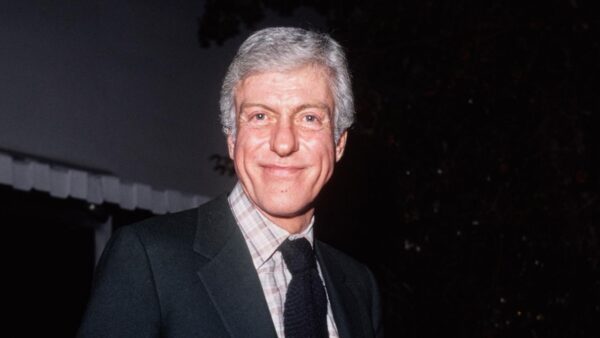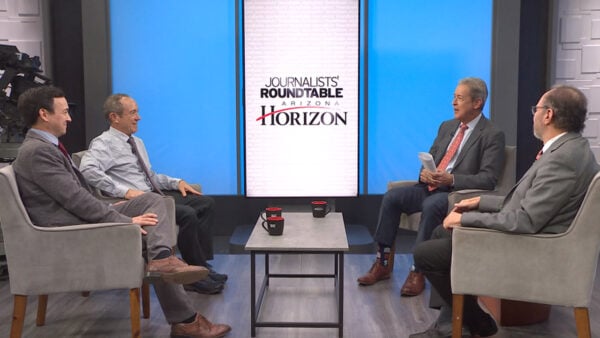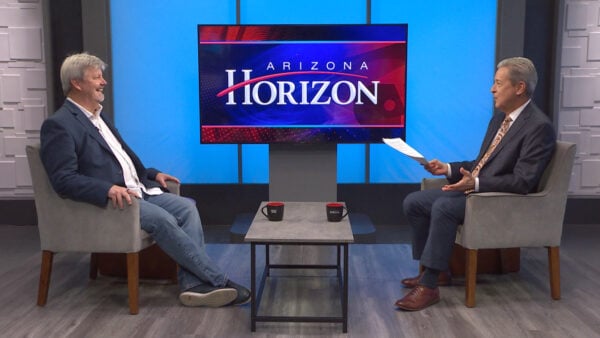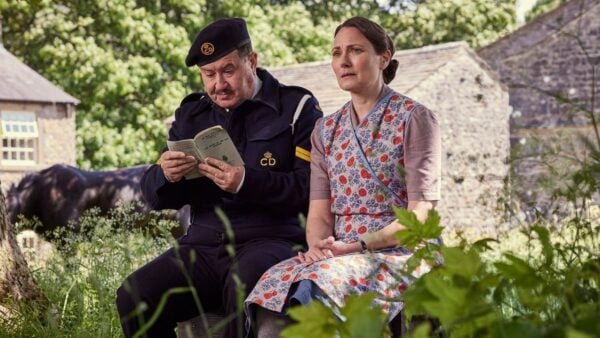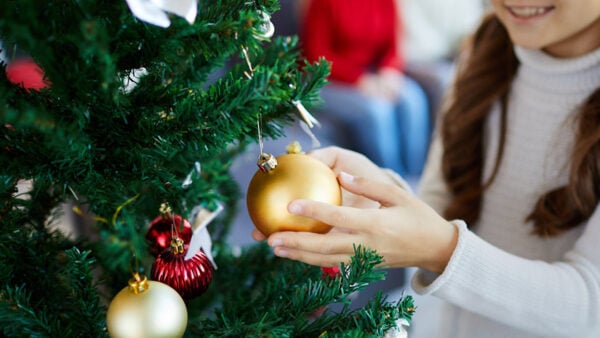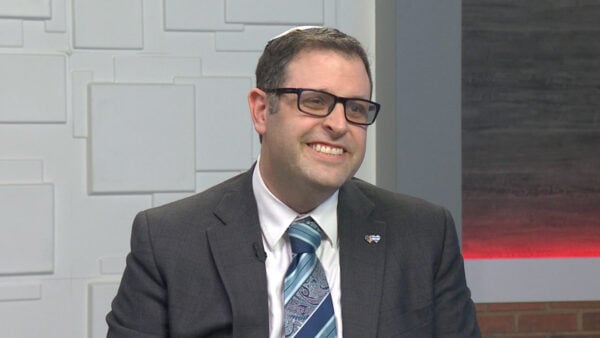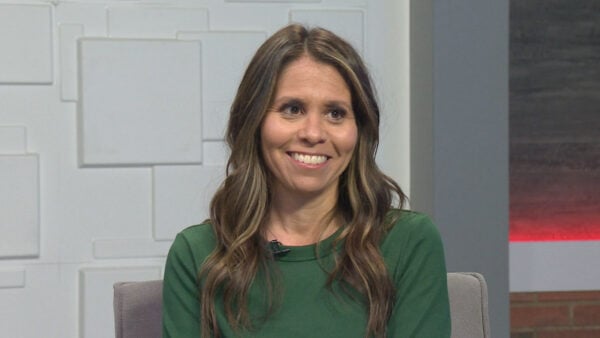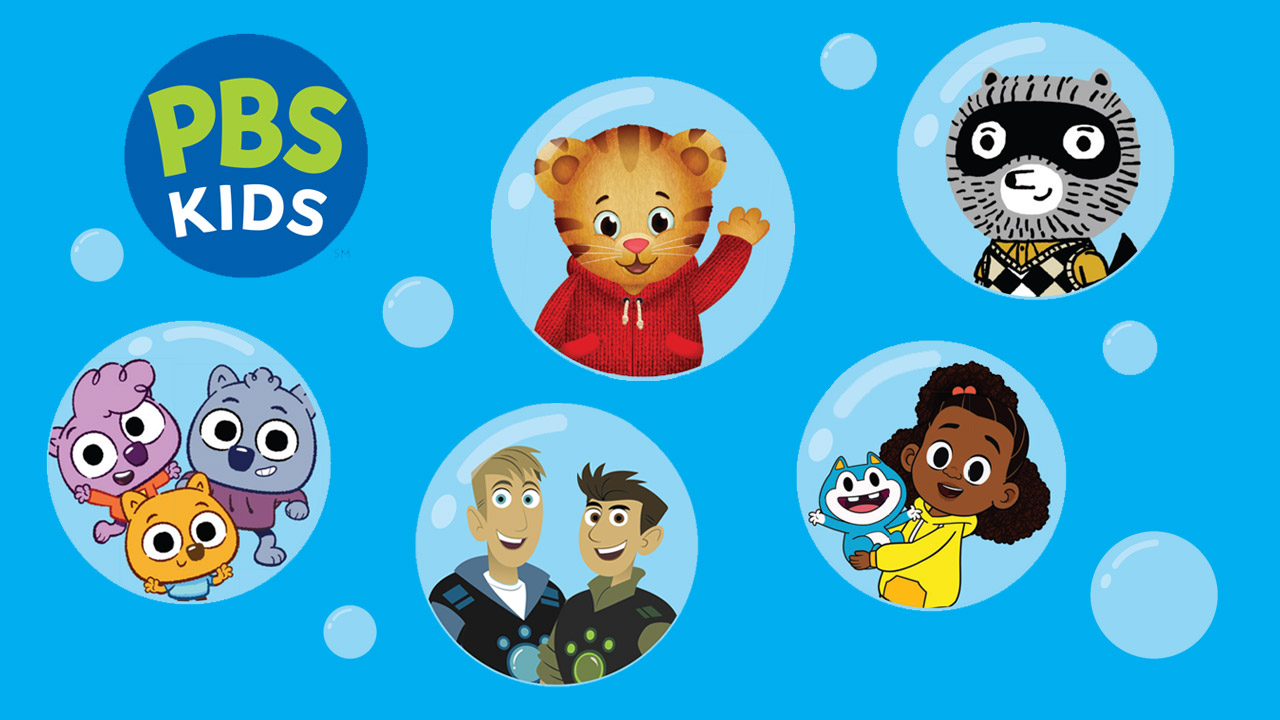
Why PBS KIDS is a powerhouse of early childhood education
Sept. 23
When it comes to children’s programming, few names carry the same weight as PBS KIDS. For decades, it has been a trusted source of educational content, blending entertainment with learning in a way that’s both engaging and developmentally appropriate. But what exactly makes PBS KIDS such a valuable resource for young learners?
📚 Learning through storytelling
PBS KIDS shows are built around strong narratives teaching core academic and social-emotional skills. Programs like “Arthur,” “Curious George” and “Wild Kratts” use storytelling to introduce concepts in science, math, literacy and empathy. These stories aren’t just fun; they’re carefully crafted to align with educational standards and child development research.
• “Wild Kratts” teaches biology and ecology through animal adventures.
• “Peg + Cat” introduces foundational math concepts in a playful, problem-solving format.
• “Daniel Tiger’s Neighborhood” helps children navigate emotions and social situations using catchy songs and relatable scenarios.
🧠 Backed by research
PBS KIDS isn’t just guessing what works; it’s grounded in evidence. The organization collaborates with child development experts and educators to ensure its content supports cognitive and emotional growth. Studies have shown children who engage with PBS KIDS programming demonstrate improved literacy and math skills, especially when paired with parental involvement.
📱 Multi-platform learning
In today’s digital age, PBS KIDS meets children where they are on screens of all sizes. Its free apps and games extend learning beyond the TV, offering interactive experiences reinforcing concepts from the shows. Whether it’s building words with “Super Why!” or exploring physics with “The Cat in the Hat Knows a Lot About That!,” kids can learn through play in a safe, ad-free environment.
👩🏻🏫 Supporting parents and educators
PBS KIDS goes beyond entertainment by offering tools for adults to support children’s learning. The PBS KIDS for Parents website includes activity guides, printable worksheets and tips for fostering curiosity at home. Educators can access lesson plans and classroom resources that align with Common Core and other standards.
🌎 Equity and accessibility
One of the most powerful aspects of PBS KIDS is its commitment to accessibility. As a publicly-funded platform, it provides high-quality educational content to families regardless of income. This democratization of learning helps close gaps in early childhood education and ensures every child has the opportunity to thrive.
PBS KIDS isn’t just a collection of cartoons; it’s a thoughtfully designed educational ecosystem. By combining research-based content, engaging storytelling and accessible resources, it empowers children to explore, question and grow. In a world full of flashy entertainment, PBS KIDS remains a beacon of meaningful media that puts learning first.
About the author
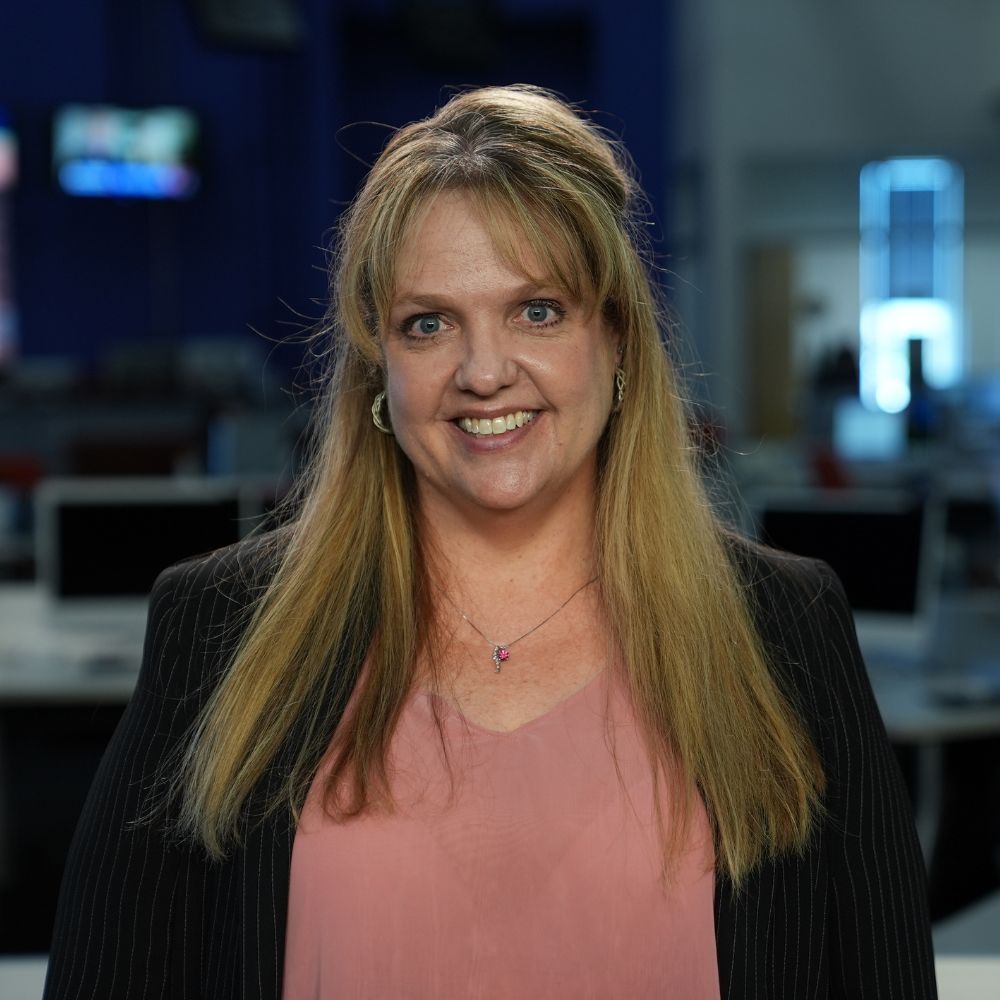
Kimberly Flack is Senior Director of Education and Community Impact and leads this team by both example and in practice. She holds a Master of Arts in English and a Bachelor of Arts in Special Education and History. Kim taught high school journalism for ten years, worked on summer programming for kids of all ages and has taught at the collegiate level as well.
Kim has been with Arizona PBS since 2001 and started out as the first remote coordinator in Flagstaff, Arizona. Kim currently serves on the National PBS Station Leadership Committee and serves as a mentor with ASU’s Commission on the Status of Women.
Kim is a mom of four and has been married to veteran high school teacher Dave Flack for 30 years. Kim’s kids grew up with PBS KIDS and have always been available to help with PBS KIDS events including helping out with costume characters more times than they care to remember!
I believe in transparency and authenticity. I used AI to conduct research for this article.
